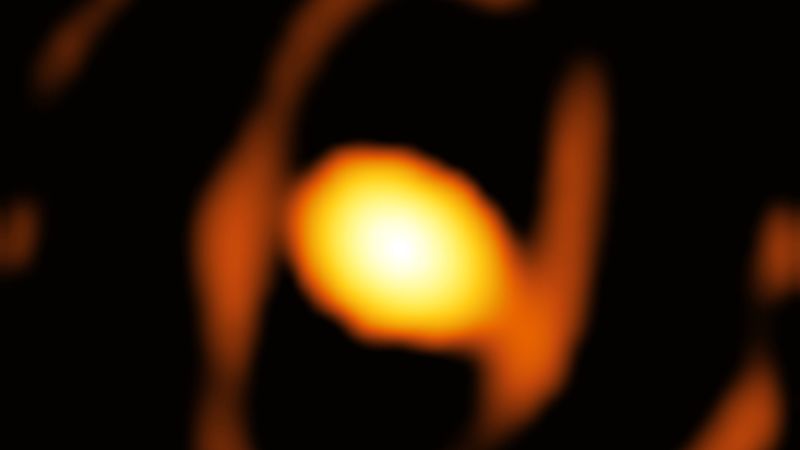
Fission Rate
Fission rate is the rate at which a nucleus undergoes fission, which is the process of splitting a heavy nucleus into two or more lighter nuclei. In the context of space and astronautical engineering, fission rate is an important concept in nuclear propulsion systems. Nuclear propulsion systems use the energy released by fission to heat a propellant, which is then expelled out of a nozzle to generate thrust. The fission rate determines the power output of the nuclear reactor, which in turn determines the thrust generated by the propulsion system. The fission rate is influenced by various factors such as the fuel composition, the neutron flux, and the reactor design. Optimizing the fission rate is crucial for achieving high thrust and efficiency in nuclear propulsion systems.
Your Previous Searches
Random Picks
- Inert Gas: Inert gases, also known as noble gases, are a group of chemical elements that are odorless, colorless, and have very low reactivity with other elements. In space and astronautical engineering, inert gases are commonly used in gas discharge ... Read More >>
- Thermal Regulation: Thermal regulation refers to the process of controlling the temperature of a spacecraft or other space vehicle to ensure that it remains within safe operating limits. This is a critical aspect of space engineering, as extreme temperatures c ... Read More >>
- Electroluminescent Panels: Electroluminescent panels are thin, flexible sheets that emit light when an electric current is applied. They are commonly used in space and astronautical engineering as backlighting for instrument panels, displays, and control panels. Elec ... Read More >>
Top News

Archaeologists discover 4,000-year-old canals used to fish by predecessors of an...
Using drones and Google Earth imagery, archaeologists have discovered a 4,000-year-old network of earthen canals in what’s now Belize...
News Source: ABC News on 2024-11-22

First close-up image of a star beyond our galaxy may reveal impending supernova...
Astronomers have taken the first close-up image of a star beyond our galaxy, and it’s a “monster star” surrounded by a cocoon as it slowly dies....
News Source: CNN on 2024-11-21

Bestselling author explains the science of happiness: "You can do the work"...
Bestselling author and Harvard professor Arthur Brooks opens up about how enjoyment, satisfaction and meaning in life can increase a person's wellbeing....
News Source: CBS News on 2024-11-18

November's full moon, known as the Beaver Moon, is the last supermoon of 2024. H...
November's full moon, known as the Beaver Moon, is the last supermoon of 2024. Here's when it peaks and why it's called the Beaver Moon....
News Source: CBS News on 2024-11-15

You can't put a price on the sense of awe particle physics inspires...
Astronomy and particle physics are no longer seen as vital by the US establishment, so funding has fallen. But our work creates a sense of wonder, and wonder matters, says Chanda Prescod-Weinstein...
News Source: New Scientist on 2024-11-13